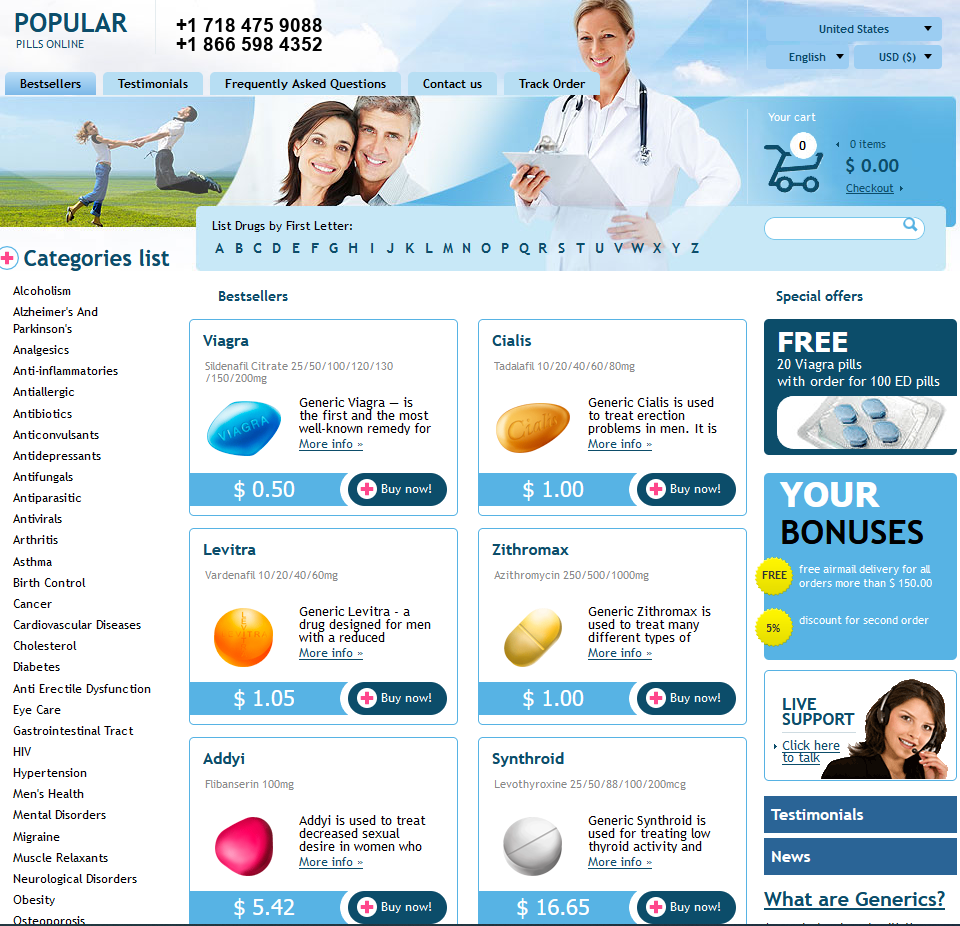 **prednisolone Vs. Prednisone: Differences and Similarities Explained**
**prednisolone Vs. Prednisone: Differences and Similarities Explained**
Chemical Structure: the Key Distinction between Them
In the world of pharmacology, subtle differences in molecular structure can lead to significant variations in how drugs function. Prednisolone and prednisone serve as a prime example. Despite their similarities, a crucial structural difference exists; prednisolone has a hydroxyl group at a specific position in its molecular framework, while prednisone contains a keto group. This seemingly minor distinction plays a pivotal role in their biochemical behavior. As a fascinating result, this chemical dissimilarity influences how these drugs are processed within the body, impacting their overall efficacy and suitability for specific medical conditions.
| Characteristic | Prednisolone | Prednisone |
|---|---|---|
| Hydroxyl Group | Present | Absent |
| Keto Group | Absent | Present |
How Each Drug Is Metabolized in the Body

Once ingested, prednisone serves as a prodrug, transforming into the active form, prednisolone, in the liver. This conversion is facilitated by hepatic enzymes that modify prednisone's chemical structure, enabling it to exert its anti-inflammatory action. Interestingly, this transformation process is crucial because prednisone, in its original form, has minimal biological activity. Therefore, the efficiency of this conversion can vary depending on an individual's liver function, affecting the drug's therapeutic outcomes.
On the other hand, prednisolone is biologically active and doesn't require such conversion, leading to a quicker onset of action. This can be particularly beneficial for patients with liver impairment, where the conversion of prednisone might be less efficient. As a result, prednisolone might be preferred in such circumstances, providing a more consistent and direct therapeutic effect.
Comparing Their Effectiveness in Treating Inflammation
Prednisolone and prednisone are frequently employed to combat inflammation, yet their effectiveness can subtly vary based on individual circumstances. Prednisone is an inactive precursor that is converted into prednisolone in the liver, allowing it to exert its therapeutic effects. Because of this conversion process, prednisolone may be more suitable for patients with liver impairments, as it doesn't require metabolic activation to be effective. This distinction can influence how quickly each drug can begin to alleviate inflammatory symptoms.
Both drugs serve as powerful anti-inflammatory agents by mimicking the effects of corticosteroids produced by the body. Studies have shown them to be comparable in terms of effectiveness for reducing inflammation in conditions like arthritis and asthma. However, the nuances in their pharmacokinetics may dictate a preference in different clinical scenarios, tailoring treatment to the patient's specific needs and underlying health conditions.
Potential Side Effects: Similarities and Differences

Both prednisolone and prednisone are potent steroids, yet their side effects greatly overlap. Common issues like insomnia, increased appetite, weight gain, and mood swings are prevalent for both medications. However, the differences lie in the detail. Prednisolone, being the active form, might lead to quicker onset side effects such as elevated blood sugar levels. On the other hand, prednisone, which converts to prednisolone in the liver, might cause liver-related disturbances in patients with hepatic impairments, demanding closer monitoring and scrutiny.
Clinical Usage: When One Is Preferred over the Other
In the realm of clinical usage, the choice between prednisolone and prednisone often hinges on specific patient needs. Prednisolone is generally preferred for individuals with liver impairment, as it is the active form and does not require conversion in the liver. This direct form ensures faster action, offering relief more quickly for acute conditions. On the other hand, prednisone, needing conversion, may be used in situations where this metabolic pathway is functioning effectively. Understanding this distinction is crucial for optimal treatment outcomes.
| Drug | Preferred Usage Scenario |
|---|---|
| Prednisolone | Patients with liver impairment or requiring rapid onset |
| Prednisone | Standard cases with normal liver function |
Patient Considerations: Which Choice Is Right for You?
Choosing between prednisolone and prednisone requires careful consideration of various factors, including medical history, potential side effects, and personal circumstances. Prednisolone, being the active form, is often the go-to option for individuals with liver dysfunction, as it doesn't require conversion in the body. On the other hand, prednisone, which converts to prednisolone in the liver, might be prescribed if the patient's liver function is intact. The decision may also hinge on specific conditions; for instance, certain autoimmune or inflammatory disorders might respond better to one drug over the other. It's essential to have an open conversation with your healthcare provider about your lifestyle, other medications you're taking, and any allergies. Ultimately, tailoring the choice to your unique health profile is important for effective treatment.
For more detailed information, visit these resources on prednisolone: National Center for Biotechnology Information and DrugBank.
